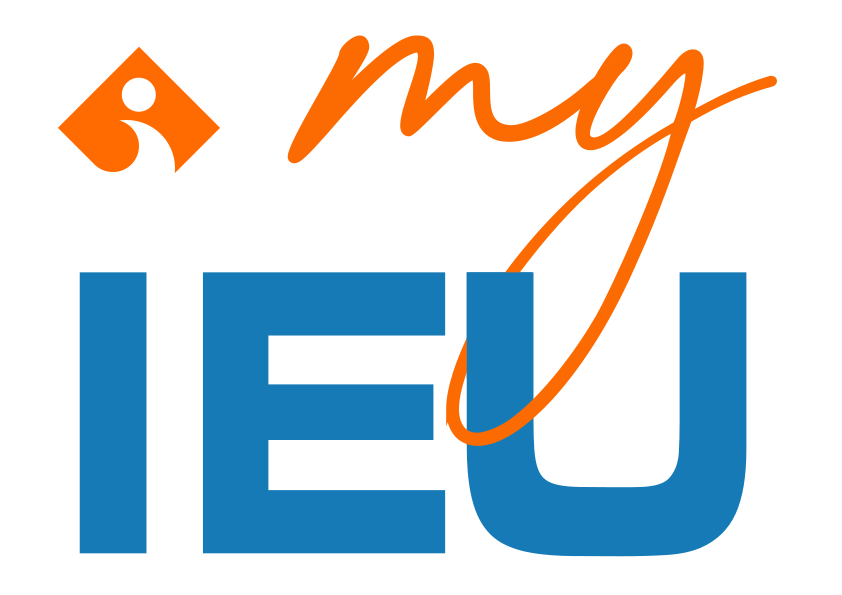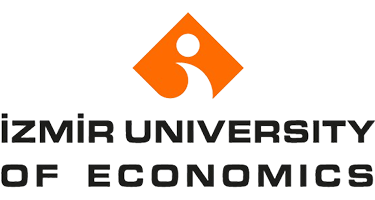
'Success' formula of the masters
Former CEO of Turkcell and investor Süreyya Ciliv, who held senior positions in high technology companies, met with students at ...

'Digital' mobilization
Izmir University of Economics (IUE) started a 'digital transformation' movement in order for students to improve themselves in this field ...





